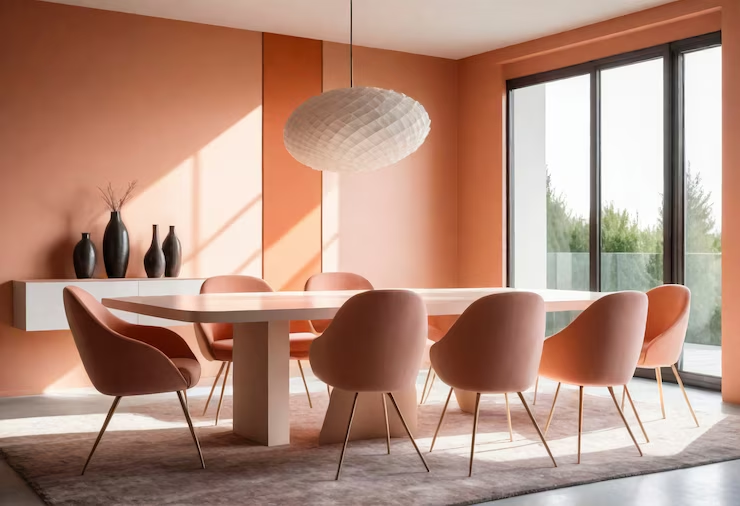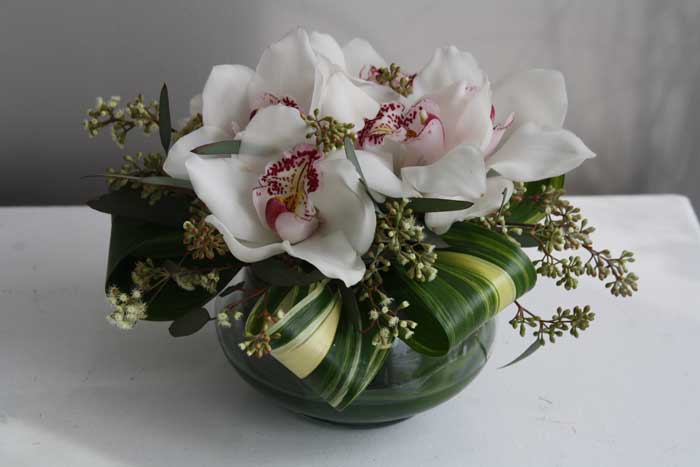Designing a home involves more than choosing colours or adding décor. Good design shapes how a space works, moves, and feels. In Singapore, limited floor areas demand smart choices. That’s why residential interior design often includes built-in furniture as a key feature.
Built-in furniture supports daily habits while freeing up space. It fits snugly against walls or corners, offering more function without eating into walkways. These fixtures also reduce clutter, helping homes feel clean and open. From wardrobes to kitchen cabinets, built-in pieces bring order and style into tight flats or multi-level units.
This article explores how built-in furniture blends with design goals, why it works well in Singapore, and how to plan it with care.
What Is Built-In Furniture?
Built-in furniture refers to custom pieces fixed into the structure of a room. Unlike freestanding units, these pieces stay in place. You see them in bedrooms, kitchens, and living rooms. Wardrobes that stretch wall to wall. Kitchen counters that hug corners. TV consoles that sit flush against feature walls. These examples show how function and form can work together.
Singapore homes often need furniture that fits odd layouts. Columns, beams, or pipes may block certain spots. Built-in furniture turns those blocks into bonuses. Designers build storage around or beneath them, using space that would otherwise go to waste.
Why Does It Works in Singapore Homes?
Homes in Singapore come in many shapes, but most share one thing: space comes at a premium. Even in larger flats, open floor plans demand structure. Without the right setup, things pile up or get lost.
Built-in furniture works because it:
- Fits tight corners or awkward walls
- Reduces clutter by blending storage into the design
- Increases resale appeal with a clean, modern look
- Stays fixed, reducing the risk of tipping or shifting
- Matches the home’s colour and finish for harmony
In flats where rooms double as workspaces or play areas, built-ins help divide zones without adding bulk. They give the eye a place to rest and the hand a place to store.
The Role of a Residential Architect in Built-In Planning
A well-designed, built-in unit doesn’t just appear. It requires planning, measuring, and crafting. That’s where a residential architect Singapore residents trust can help.
Architects understand how built-ins affect load, light, and line. They know when to run drawers horizontally or when to carve niches into walls. They also balance privacy and openness, hiding mess while keeping the room light.
Working with an architect ensures:
- Proper flow between built-in areas
- Safe placement of electrical or water lines
- Long-term strength in fixed installations
- Creative use of corners, beams, and awkward spots
Architects also think ahead. They leave access panels for repairs. They allow space for future devices. They shape built-ins that stay useful for years.
Where to Use Built-In Furniture in the Home?
Built-in furniture adapts to many areas. Below are key spots where built-ins often shine in residential projects.
1. Bedroom Wardrobes
- Wall-length wardrobes store clothing without eating up walking space. Sliding doors add function in tight rooms. Built-in lighting helps find clothes in dark corners.
2. Kitchen Cabinets
- Built-in cabinets hold pots, dry food, and cutlery in reach. Corner pull-out trays and spice drawers improve access. Open shelving keeps the space airy.
3. Study Tables and Shelves
- In smaller rooms, a built-in study helps students or workers stay focused. Matching shelves above the table add storage without making the room feel boxed in.
4. Living Room Consoles
- TV units with drawers hide wires, routers, or sound bars. They also provide platforms for books or photos, keeping the space neat and personal.
5. Entryway Storage
- Built-in benches with shoe drawers or coat hooks reduce hallway clutter. They set a tidy tone the moment someone enters.
Choosing the Right Materials
Built-in furniture stays in place for years, so material choice matters. Some materials offer strength. Others add texture. The goal is to match function with feel.
Here’s a quick table comparing common materials:
|
Material |
Best For |
Notes |
|
Plywood |
Wardrobes, study desks |
Strong, stable, light |
|
MDF |
Painted finishes, curved forms |
Smooth but less moisture-resistant |
|
Laminates |
Kitchens, bathrooms |
Easy to clean, many colours |
|
Veneer |
Feature walls, TV consoles |
Real wood look, adds warmth |
|
Quartz |
Kitchen tops, vanity units |
Durable, stain-resistant |
Singapore’s humidity and use demand materials that resist wear. Always pick finishes that support how the space works.
Built-In Furniture for Flexible Living
Singaporeans often reshape rooms as families grow. A study becomes a nursery. A guest room becomes a gym. Built-in furniture, if designed with care, supports this shift.
For instance, a built-in desk can turn into a sewing table. A bench in the dining nook might become toy storage. Planning flexible features—like adjustable shelves or hidden panels—adds years to each design.
A residential architect Singapore homeowners trust can help shape pieces that serve now but adapt later. That way, homes change without major rebuilds.
Making the Most of Corners and Nooks
Every home has odd angles or recessed corners. Built-ins thrive in these spots. They create storage in zones that loose furniture can’t fit.
In kitchens, L-shaped counters use corner drawers. In bedrooms, alcove shelves wrap around beds. These touches keep the design smart and subtle.
Even the dead space under the stairs becomes useful with drawers or cabinets built in. These designs help small homes breathe.
Light, Air, and Flow
Built-ins should not block light or trap heat. Good design lets light pass and air move. Open cubbies, lifted bottoms, or perforated panels help. Mirrors or light tones make built-ins blend into the wall.
Well-placed built-ins guide movement. They show where one zone ends and another starts. A tall shelf may divide a dining area from the living space without adding a wall.
Design that respects light and flow supports calm living.
Planning Ahead: What to Ask Before You Build
Before adding built-ins, ask:
- What do I store here now?
- How might this room change in five years?
- What is the mood or tone I want?
- How much space can I give up for function?
- Is this area bright or dark?
- Is this a wet or dry zone?
Answers to these questions guide your choices. They shape size, material, and finish. They keep the style in line with needs.
Final Thoughts: Lasting Value in Every Line
Built-in furniture turns blank walls into a purpose. It saves space, adds style, and supports how you live. It works best when shaped with care and placed with intent. In a country where every metre counts, smart design goes beyond looks.
Built-in furniture interior design Singapore professionals often say the best built-ins “disappear.” They blend in until you need them, then deliver without fuss.
When working with a residential architect Singapore homeowners trust, you gain more than a shelf or cabinet—you gain years of comfort shaped to your life.






